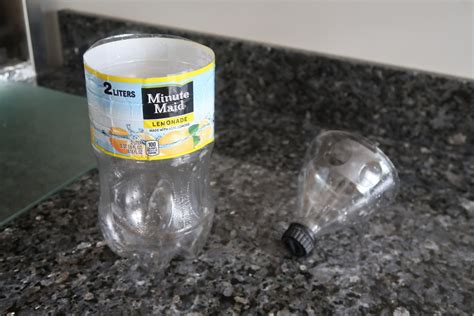How to Make Your Own Blind Mosquito Trap: A Comprehensive Guide
Mosquitoes. The tiny, buzzing menace that plagues our summer evenings. While store-bought traps exist, making your own blind mosquito trap is a surprisingly effective and cost-saving alternative. This guide will walk you through building your own, answering common questions along the way.
Why Build a DIY Blind Mosquito Trap?
Store-bought mosquito traps can be expensive. A DIY blind trap offers a budget-friendly solution that’s just as effective, if not more so, depending on your design and location. You also gain the satisfaction of building something yourself and tailoring it to your specific needs. Plus, you'll be minimizing your environmental impact by avoiding the purchase and potential disposal of plastic traps.
What is a Blind Mosquito Trap?
A blind mosquito trap leverages the mosquito's natural behaviors – their attraction to dark, enclosed spaces, carbon dioxide, and heat – to lure them into a container from which they can't escape. Unlike traps relying on electricity or chemicals, a blind mosquito trap is a passive, eco-friendly method.
Materials You'll Need:
- A 2-liter soda bottle (or similar-sized plastic bottle): The larger the bottle, the more mosquitoes you can catch.
- Scissors or a utility knife: To cut and shape the bottle.
- Dark-colored tape (optional): To make the trap more appealing to mosquitoes.
- Sugar (optional): To attract mosquitoes (using a sugar-water mixture).
- Yeast (optional): Combined with sugar, yeast creates carbon dioxide, a strong mosquito attractant.
- Water: To create the trapping solution.
Step-by-Step Instructions:
- Cut the Bottle: Cut the top third of the bottle off. This will become your funnel.
- Invert the Top: Invert the top portion of the bottle and insert it into the bottom portion, like a funnel inside a container. The opening of the top should now be pointing downwards into the bottom section.
- Secure the Funnel: Use tape to securely attach the inverted top to the bottom section. Ensure there's a tight seal to prevent mosquitoes from escaping. You can also reinforce this with additional adhesive, like hot glue.
- Add the Attractant (Optional): In the bottom section, add a mixture of about 1 cup of water, 1/4 cup of sugar, and 1/4 teaspoon of yeast. The yeast ferments the sugar, producing carbon dioxide, which draws in mosquitoes. If you prefer a simpler method, you can use just water and leave out the sugar and yeast. This will still catch some mosquitoes.
- Placement: Place your trap outdoors in a shady, relatively still location. Mosquitoes are attracted to dark areas, and placing it in a place that isn’t windy helps the scent of the attractant to remain concentrated.
How Effective is a DIY Blind Trap?
The effectiveness of a DIY blind mosquito trap depends on several factors: location, weather conditions, and the number of mosquitoes in the area. While it won't eliminate all mosquitoes, it's a surprisingly effective way to reduce their numbers in your immediate vicinity, especially when combined with other mosquito control strategies.
### How Often Should I Empty My Trap?
Empty the trap every 2-3 days, or more frequently if necessary, particularly during periods of high mosquito activity. Dispose of the contents carefully and safely.
### What Other Attractants Can I Use?
While the sugar-yeast mixture is effective, some people have success adding a few drops of essential oils such as lavender, lemongrass, or peppermint, or even used socks to attract mosquitoes. Experiment to see what works best in your area. Note that some essential oils may not be very attractant, they rather repel mosquitos, and using too much could end up repelling them from the trap entirely.
### Can I Use this Trap Indoors?
While it is possible to use this trap indoors, it is generally more effective outdoors. It is important to consider proper disposal of dead mosquitoes so that they don’t cause issues inside the home.
Conclusion
Building your own blind mosquito trap is a simple, cost-effective, and environmentally friendly way to combat these pesky insects. While it may not eradicate all mosquitoes, it can significantly reduce their numbers around your home. By following these steps and experimenting with different attractants, you can create a personalized and highly effective mosquito control solution. Remember to always practice safe disposal of the collected mosquitoes.

